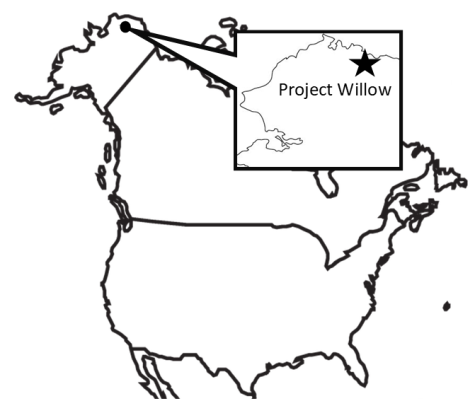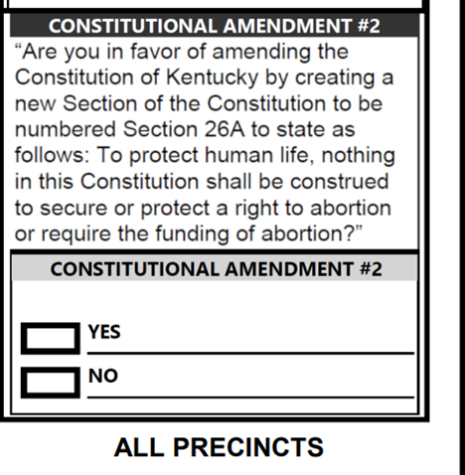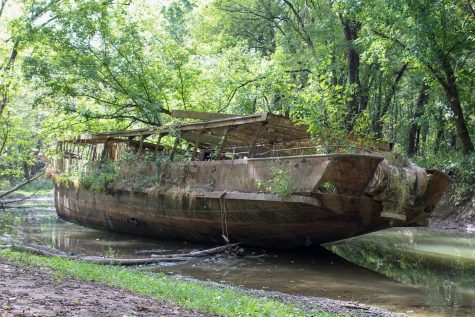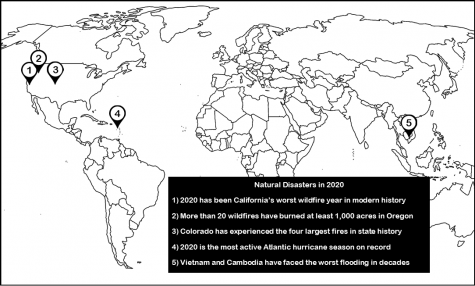Extinction rates increasing
May 13, 2019
The first mass extinction—the Ordovician Extinction—occurred 444 million years ago. It wiped out 86 percent of all life on the planet.
Many people know about the first five mass extinctions, the most famous involving the dinosaurs.
Do people know about the sixth mass extinction though?
The sixth mass extinction is occurring right now. Experts, such as environmental science teacher Lenny Beck say that the majority of people do not know about the sixth mass extinction.
Beck said that the topic is overlooked because of the time constraint teachers have during the school year. Also, the topic is not brought up in society very much.
The Earth is losing species at an increased rate.
The normal extinction rate, known to scientists as the background extinction rate, is 1-5 species per year, while the extinction rate is now at least 200 species per year.
The second largest cause of extinction, only behind habitat loss, comes from invasive species. Both of these factors are primarily human caused.
Humans tear down forests, and destroy other habitats for housing. They bring in invasive species to get rid of the pests in the area.
These native plants and pests are seen as crucial to the ecosystem. Without them the ecosystem can’t support itself.
Invasive species exist in this area.
Boone County is overrun by invasive plants such as honeysuckle and trees of heaven.
These plants push out native plants, and their flowering cycles do not line up with the pollinators in the area. This means that the pollinators are getting less food as they are not evolved to eat these plants, which are now taking over much of the area.
These plants grow faster because they’re actively growing for a longer time in their phenological cycle. This allows them to overtake plants that have started to go into dormancy for the winter.
One of the most common birds in the area is the European Starling, an invasive species.
Although only 100 were introduced in 1890, they now number 200 million in North America.
These birds spread diseases through domesticated animals and take over the nests of other birds occupying the same areas. They have spread across America, and just about nothing is limiting their still growing population.
One big example of species going extinct is insects in general. 40 percent of all insect species are declining, and could die out in the next few decades.
Insects are important. While they are often viewed as pests, they are important to the environment as they act as pollinators and food.
Plants would have a difficult time reproducing without the pollinators that they rely on.
Consumers in the food chain, such as humans, would then have a hard time finding food without any plants or the animals that eat the plants.
Species can come back from the brink of extinction and be saved.
Extinction will happen, it’s an unstoppable force. That does not mean that it can’t be slowed down.
“Most people are concerned when they realize its a problem,” Beck said.
Humans can save animals and plants alike.
Humans can take precautions to reduce the extinction rate. There are species that are endangered that are increasing in population.
The North Atlantic Right Whale, like many whale species was nearly hunted to extinction by humans. They once numbered only somewhere between 300 and 500 individuals.
The population is growing though. Their gestation period is an entire year so they are not growing rapidly, but they are growing.
Similarly, some species are thought to be extinct and then show up again.
One such example is Wallace’s Giant Bee. The bee was seen for the first time since 1981 in January of this year.
Another species seen for the first time in a long time is the New Guinea highland wild dog.
They were found for the first time since 1989 in March, 2015.
Species will disappear and reappear. It’s impossible for humans to keep track of them all.
Extinction will always happen. That doesn’t mean it has to happen as fast as it is.









